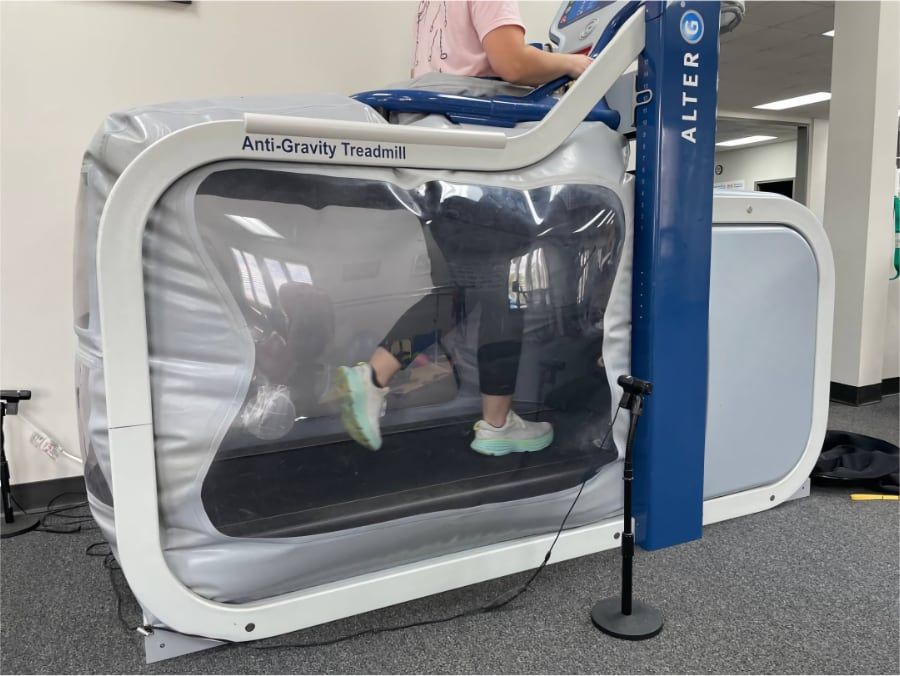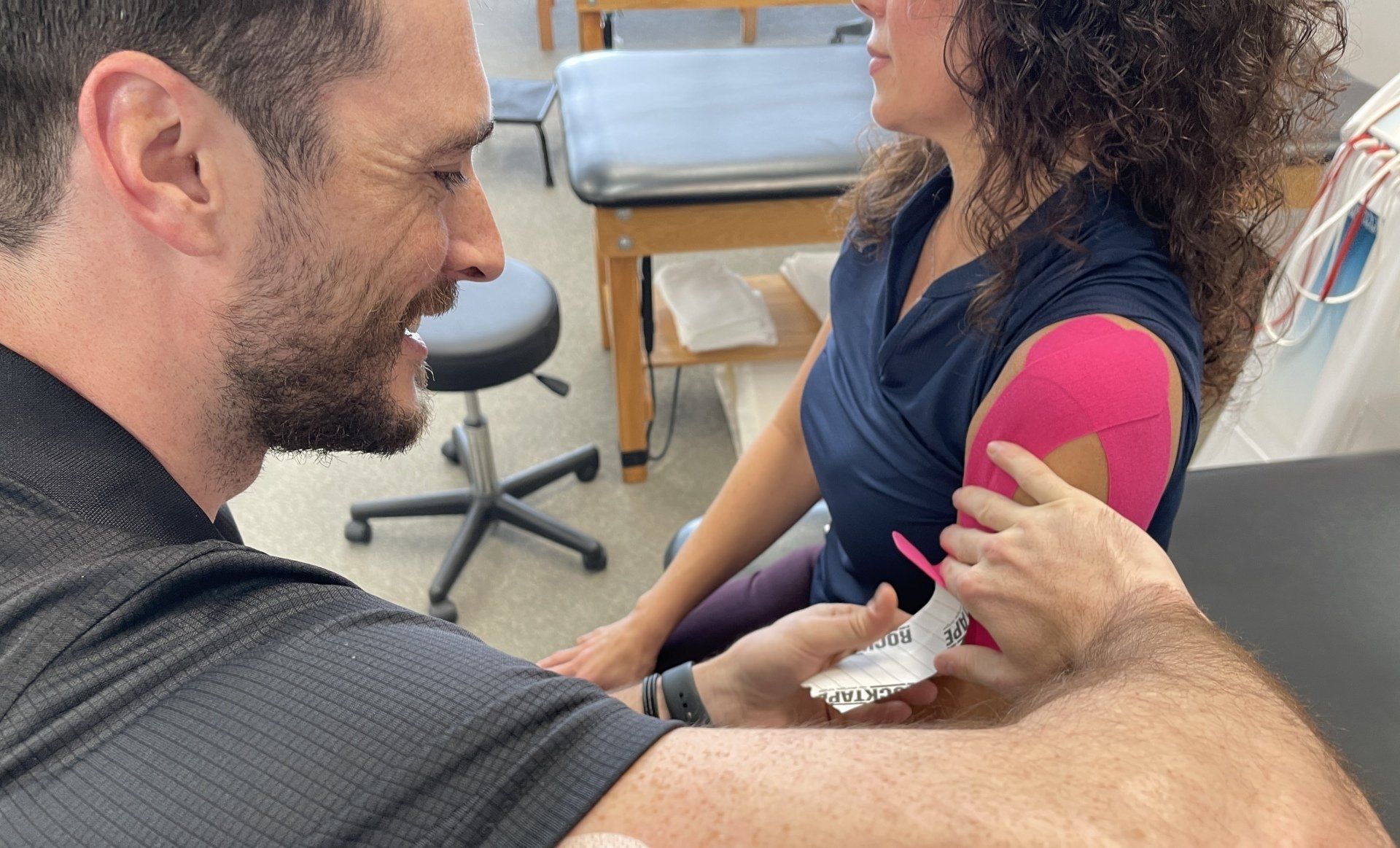Discover the Fascinating World of Physical Therapy with These 6 Intriguing Facts
Written by: Sarah Keeney
If you've ever found yourself in need of physical therapy, you're likely aware of its profound impact on modern medicine and science. For those less acquainted with this field, questions may arise, or perhaps a healthy curiosity emerges. Let's delve into the captivating realm of physical therapy with these six fun facts.
1. The Roots of Physical Therapy While the concept of using movement to address bodily issues dates back eons, the formalization of physical therapy as a profession began in 1813. Per Henrik Ling, leading the Royal Central Institute of Gymnastics, collaborated with Swedish gymnasts to employ massage and exercise for injury recovery. The term "physiotherapy" was coined around 1851, marking the inception of a discipline that has evolved into modern physical therapy.
2. Beyond the Treatment Room Contrary to common perception, physical therapy extends beyond traditional treatment settings. It proves to be a versatile field, addressing a myriad of conditions from injuries and surgical recovery to chronic headaches, TMJ and jaw pain, inner ear dysfunction, concussions, and even urinary incontinence.

Moreover, physical therapy plays a pivotal role in preventing injuries and managing chronic diseases, fostering overall health. It empowers individuals to lead a more mobile and pain-free life through preventive measures. Physical therapy achieves this by enhancing strength, employing conservative treatments like exercise and manual therapy, and providing education. This holistic approach not only addresses current concerns but also ensures individuals can actively participate in or return to activities that bring them joy.
3. The Crucial Role of Exercise At the core of modern physical therapy lies the significance of movement, where exercise becomes a key player in the recovery process. Exercise not only strengthens damaged tissues and body parts but also restores flexibility, builds muscle, enhances motor skills, and combats inflammation. It is an indispensable component for achieving full recovery from various injuries.
4. Universal Health Benefits Physical therapy is not confined to injury rehabilitation; it offers universal health benefits. Beyond injury prevention, it contributes to strength building, fitness development, and improved general health. Importantly, it has positive effects on mental health by enhancing mood and overall psychological well-being.
5. Not Just for Adults Physical therapy isn't exclusive to adults; children and teens can also benefit from its practices. The approach for kids involves playful and/or sports specific exercises that utilize physical therapy science to promote healing and development. Though different from adult practices, physical therapy for children showcases the creative touch required to make these sessions engaging and effective.
6. Tech Trends in Rehabilitation Innovative tools and technologies are transforming the landscape of physical therapy. Trends such as AlterG® Anti-Gravity Treadmills®, Deep Tissue Laser Therapy, TPI Golf Swing Analysis, and Myofascial Acoustic Compression Therapy are revolutionizing rehabilitation, providing personalized and effective interventions that redefine what's possible for patients on their journey to recovery. For more information on these tools and technologies see the Treatment Methods drop down.
These facts offer a glimpse into the multifaceted world of physical therapy. If you're intrigued or have questions, feel free to reach out to us to learn more and connect with a physical therapist.
About the Author
Sarah Keeney
Physical Therapist Assistant
Specialties: Orthopedic Injuries, Chronic Pain
Certifications: Champion Performance Specialist (C-PS)
Location(s): Flowery Branch, GA
Contact
Request an appointment





